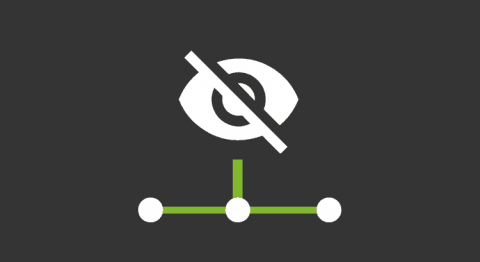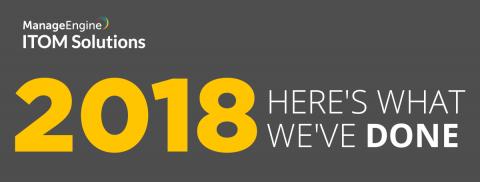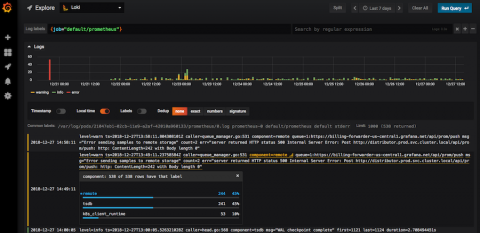The Cost of Operational Immaturity
Digital operational maturity is defined as an organization’s effectiveness at real-time work and ability to focus on performance metrics that improve as the organization becomes more adept at responding to incidents. Based on extensive research and nine years of industry data, in conjunction with a survey of 600+ respondents from across industries, PagerDuty developed a model that identified the four following levels of operational maturity.











